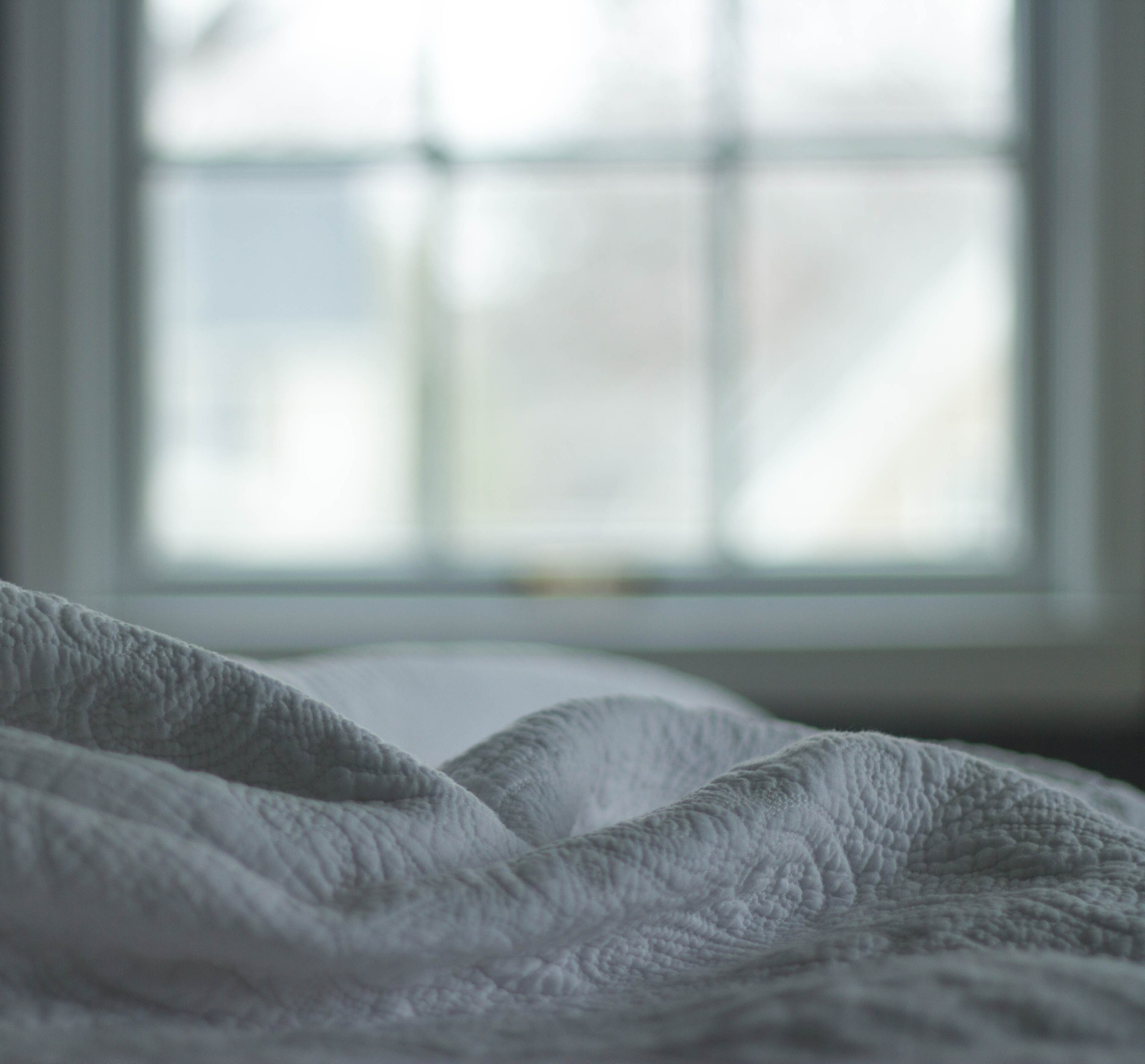
The KHN story about sleep apnea diagnosis and treatment, published here on October 19, has prompted vigorous debate. In an extended Letters to the Editor feature, KHN offers a wide range of reader responses, which demonstrate the issues that clinicians and patients must consider when seeking diagnosis of and sustainable relief from this serious medical condition. It also shows why sleep apnea is a confusing challenge for patients, like Jay Hancock in the original story, who endeavor to get a timely, reliable diagnosis and reasonable, effective treatment.
Below are selections from the letters and tweets KHN offers in the recent follow-up, which is well worth studying for those with an interest in sleep apnea or the dynamics of healthcare delivery. The bottom line is familiar: authentic patient-centeredness is crucial for high-quality care. Clinicians and patients alike should listen carefully to each other, ask questions, keep an open mind and do their best to avoid commercial entanglements focused more on profit than care.
From a physician and adjunct professor in sleep medicine:
While I agree that positional therapy is often overlooked as a first-line treatment for obstructive sleep apnea, one has to look at this serious, life-threatening health issue in a bit more detail. First, Mr. Hancock’s diagnosis was central sleep apnea, which suggests either a neurologic and/or breathing control etiology. Sleeping on the side may prevent airway obstruction, but the underlying cause has likely not been addressed.…
Bottom line: Why does this particular patient have this condition and what can be done to address the root cause instead of taking a symptomatic approach? My fear is that, left untreated, the patients fall asleep with a false sense of security to never wake up the next morning.
From a private individual:
I want to thank you for this very timely article. I have suspected there was more to the question of apnea than was being reported. As stated, it is a big industry that perpetuates the idea that everyone is affected.
The reporter’s discovery that side-sleeping is the answer is absolutely valid, as I determined long ago. The article should be widely disseminated as it is of extreme importance to millions who are falling for the hype!
From the president of the American Academy of Sleep Medicine:
While I commend the author for seeking medical help for his daytime drowsiness and snoring, I fear his article may mislead readers in a way that could jeopardize not only their own health and safety but that of others as well.
The author is clearly dissatisfied with the care he received; however, using this to suggest that nearly everyone diagnosed with sleep apnea should simply treat it on their own “for free” is dangerous. Sleep apnea is a common and chronic medical condition that increases the risks for numerous physical and mental health consequences, diminished quality of life, motor vehicle crashes, and premature death.
…I hope that readers struggling to get a good night’s sleep will seek information from credible sources and talk with a trusted health care professional to determine which treatment best addresses their specific situations.




